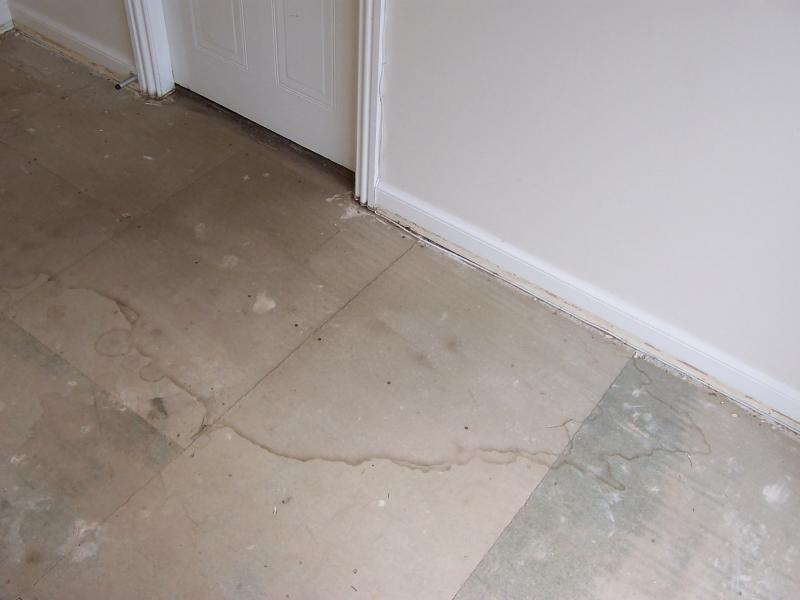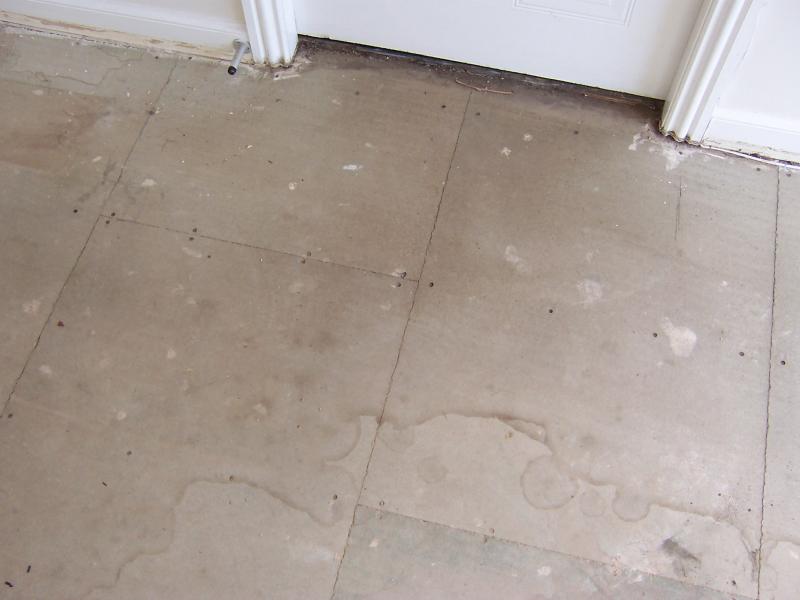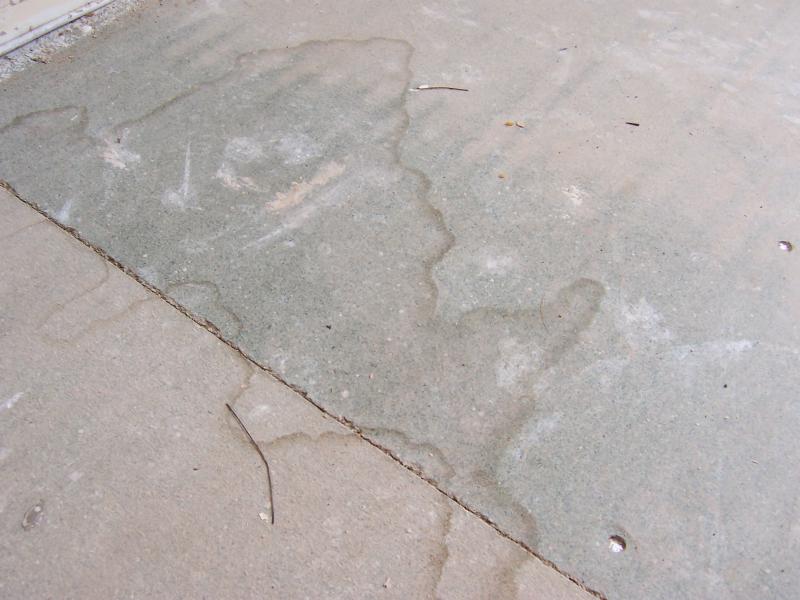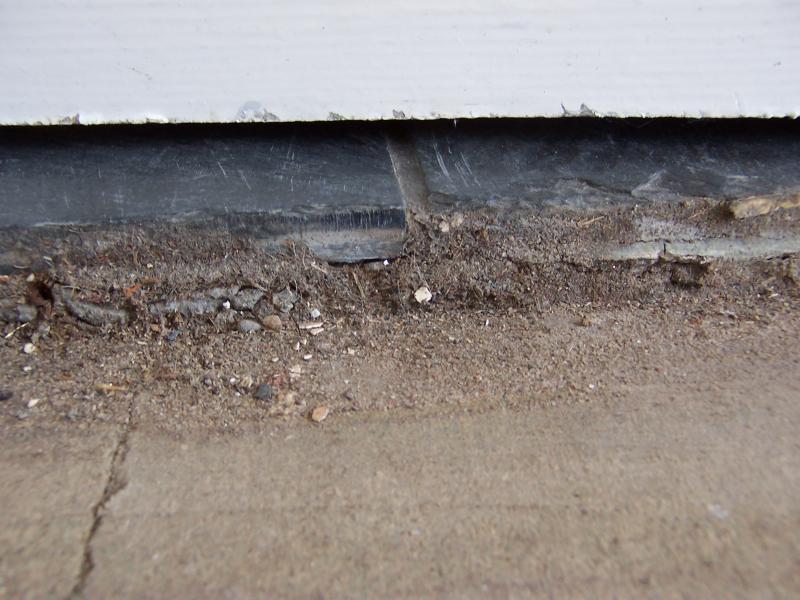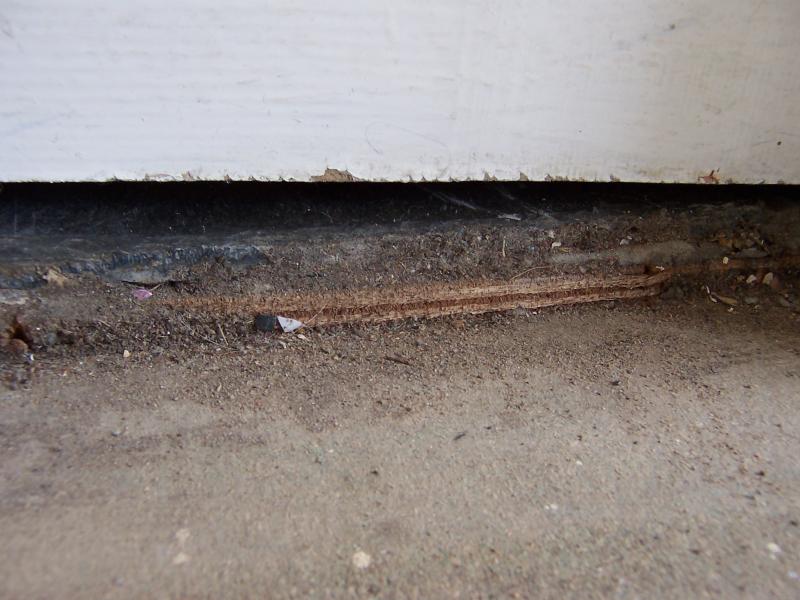Due to odour issue coming from entire ground floor(varies from room to room), I am thinking of just blizting problem and ripping up laminate, chipboards, getting all pipes checked below, checking for mould, sources of dampness. Then I want the whole solum cleaned, treated and discenfected. Finally new chipboard and laminate put on top.
I have noticed that chipboard and laminate are quite cheap, is it possible to buy better quality chipboard that is damp proof?
I have noticed that chipboard and laminate are quite cheap, is it possible to buy better quality chipboard that is damp proof?


